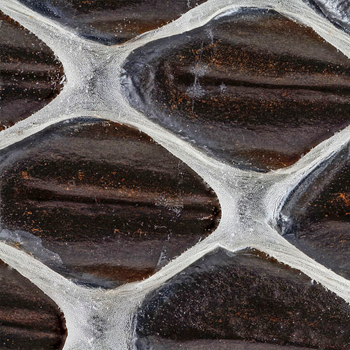Question #2a36d
1 Answer
approximately
Explanation:
Step 1
Imagine a cube box.

Based on this image, we can see that there are
To find the maximum possible volume for the box, we must determine two things - the area of one side and the side length. Knowing that there is
#128color(white)(i)cm^2-:6#
#=64/3color(white)(i)cm^2#
Step 2
We can now use the calculated value to determine the side length of the box. Recall that the area of a square is given by:
#color(blue)(|bar(ul(color(white)(a/a)A=s^2color(white)(a/a)|)))#
#ul("where:")#
#A=# area
#s=# side length
Now that we have determined a relationship between area and side length, we can plug our values into the formula to determine the side length.
#A=s^2#
#s=+-sqrt(A)#
#s=+-sqrt(64/3)# Note: Since a measurement cannot be negative, the only valid answer is
#8/sqrt(3)# and not#-8/sqrt(3)# !
#s=8/sqrt(3)#
Step 3
Since we have now determined the side length, we can use the formula for volume of a cube to determine its maximum possible volume:
#color(blue)(|bar(ul(color(white)(a/a)V=s^3color(white)(a/a)|)))#
#ul("where:")#
#V=# volume
#s=# side length
Plugging in the values,
#V=s^3#
#V=(8/sqrt(3))^3#
#V=512/(3sqrt(3))#
#V~~color(green)(|bar(ul(color(white)(a/a)color(black)(98.53color(white)(i)cm^3)color(white)(a/a)|)))#

